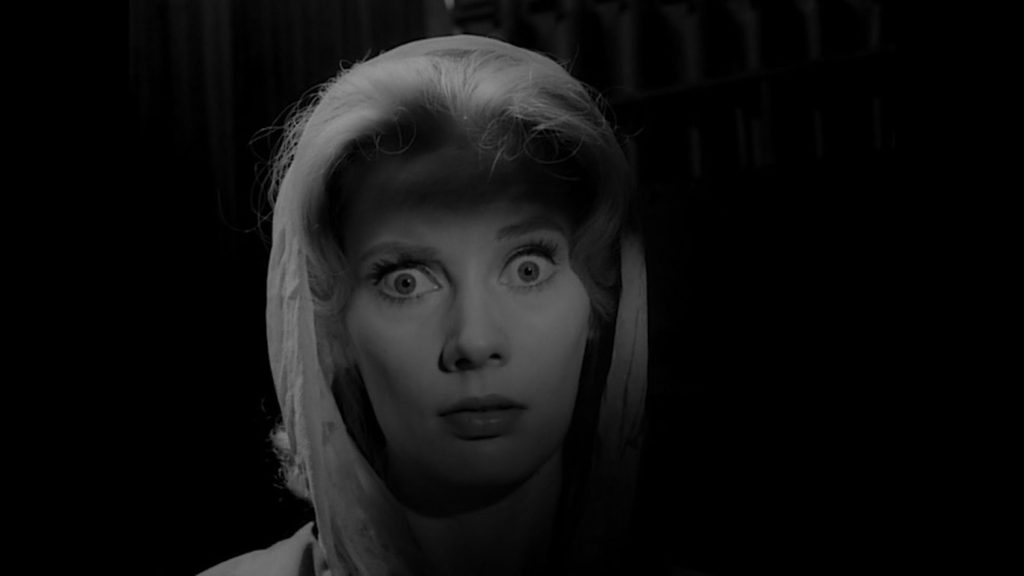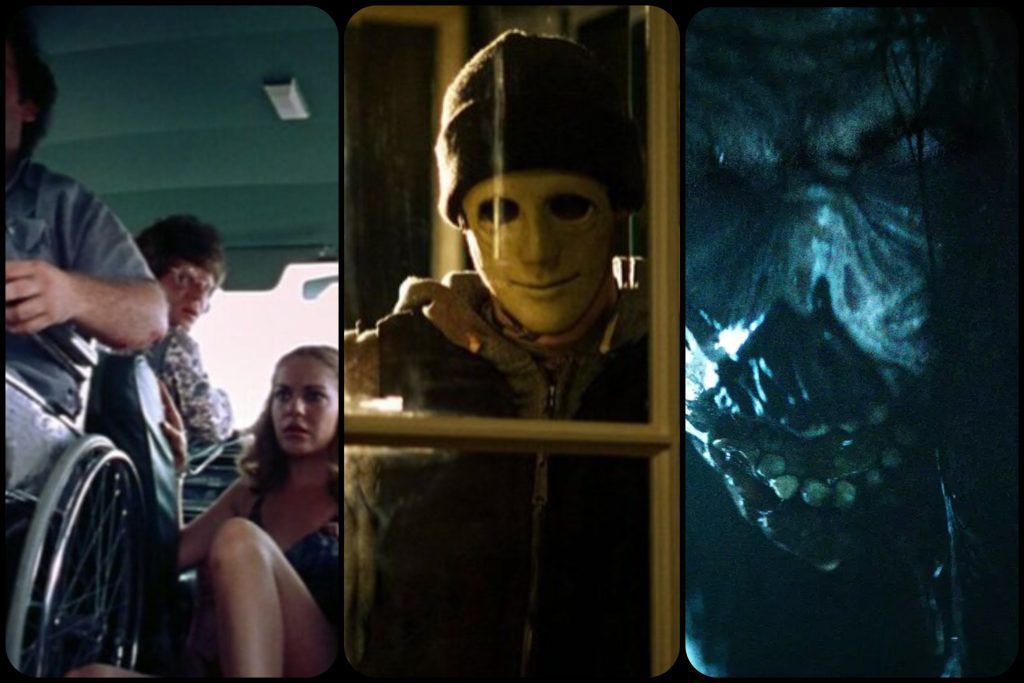Initially, I wanted this article to be comparing and contrasting low-budget horror with high-budget horror. After some cursory research, though, I’ve concluded it isn’t even a contest. Low budget blows high budgets out of the water. At which point I thought, “fuck, now I have to think of something else to write about” and so here we are. With that said, I have to ask why this tends to be the case in so many instances.
From what I’ve read, movies considered high-budget fall in about the one hundred million range. Yet, despite all the money behind them, most hardly hold a candle to films working with objectively less. I’m not merely stating this as a matter of opinion either. These movies made several times the amount it cost to make them. Films like Psycho, A Nightmare On Elm Street, Evil Dead, or Friday the Thirteenth just to name a few all were working with minimal budgets and made several times their amount.
I’m not saying outright that one movie is greater than another. That’s subjective. I am saying these movies are better in terms of the money they were working with. I’ve thought about the reasons for this. One may have to do with Jevons Paradox.

In short, it’s an economic phenomenon in which efficiency increases only end up increasing consumption rather than reducing it. Can this also be applied creatively? I don’t see why not. The more money a film has to work with the more likely it is to waste some or a lot of it. Let’s look at two examples.
For a low budget, we’ll go with Evil Dead and for a high budget, we’ll go with Sleepy Hollow. I do enjoy both of these movies. Although, the latter I think does have some goofy moments. Plus, it’s clear of the two who had the biggest cultural impact. Hell, a new Evil Dead movie came out recently, and aside from around Halloween I can’t imagine Sleepy Hollow gets brought up that often in casual conversation about horror movies.
When it does, though, I think it’s fair to say Burton’s version is a strong contender. Yet, speaking in terms of finance, Evil Dead worked way better with what it had. Not to mention, it was released nearly two decades prior and yet still managed to go above and beyond despite limitations of resources. From what I have heard, the crew only had maybe one or two chances to get a shot right so they needed to make sure they got them down. I’ve also heard they got hurt on set which given how violent the movie is, I don’t find that hard to believe.
I’m not familiar with the inner workings of how Tim Burton’s Sleepy Hollow was made. I’m sure the cast and crew dealt with their fair share of challenges as well, but given the film doesn’t indicate that makes me wonder why it didn’t do nearly as well given it wasn’t dealing with as many hurdles. I mean, adapting a story as legendary as Sleepy Hollow seems like it should be putting peanut butter and strawberry jam together for Tim. Is it just a simple matter of Sam Raimi being better at making movies? Well, my goal isn’t to compare the two, at least not for this article.
What I will say for now on the subject is this could be a case of what’s needed for a vision to come to fruition. As another example of low budget, Alfred Hitchcock’s Psycho was able to shock audiences by using Hershey’s Syrup in place of blood. The differences between these three men lie in their imaginations. Hitchcock’s ideas tend to be more grounded while Burton’s get on the weird and twisted side. Raimi, I’d argue, falls somewhere in the middle.

I think it all depends on three factors, the first two are the vision itself and how well resources can be utilized. Psycho could get away with using chocolate syrup because it’s not in color. That was Hitchcock using the limitation of films back then to his advantage. Evil Dead has something similar, with the famous camera effect. Again, it’s using a simple trick to get a big result.
As for Sleepy Hollow, the way the Horseman moves and dispatches his victims I thought was cool, and the effect near the end when he finds what he’s after. What I think it all boils down to is passion. I read recently that Evil Dead used live ammunition and that Sam Raimi passed out during filming. I should also mention he was chased by a bull which I think is funny to imagine and if that along with the potential serious risk the rest of the crew experienced doesn’t prove dedication, I don’t know what does. Think of it like this.
High-budget horror can be likened to having a recipe made of expensive ingredients. There’s a higher chance of making something delicious out of that. However, if the wrong person is handling things, the end result will leave a lot to be desired. On the other hand, I think the food that best represents low-budget horror is the humble Maruchan ramen. Sure, you can just follow the packet, boil the noodles in water, add the seasoning packet, and then call it a day.
That would be the food equivalent of people working on low-budget horror only putting in minimal effort. Now, let’s say you want to spruce it up. You don’t have any fancy things to add, but you can make something incredible if you get creative. Hell, I’ve made some damn tasty ramen just by adding in some leftovers. Under that same token, horror films with a low budget can be made into something that shakes audiences to their core and causes them to be talked about decades later by having the people working on them know how to stretch what minimal materials they have to work with to their fullest potential.
To conclude, where there’s a will, there’s a way.

